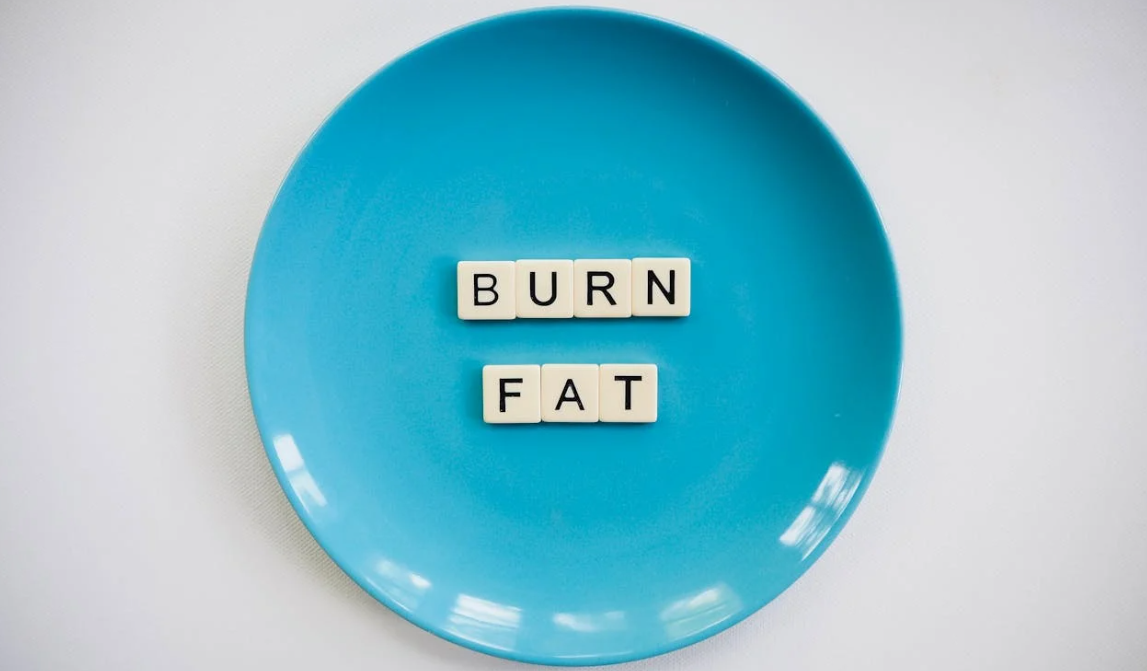Kale is a green leafy vegetable that has been around in Europe since the Middle Ages. It’s become really popular in the U.S. in the last five years because it’s known for being very healthy, packed with lots of good stuff for your body.
Kale belongs to the same family as broccoli, Brussels sprouts, and other healthy green veggies. You can find kale easily at stores or farmer’s markets. It’s usually sold fresh in bunches or already cleaned and trimmed in the frozen section.
There are different kinds of kale, like the curly one with wide leaves or the dinosaur type with narrower, wrinkled leaves. Some types, like redbor and Russian kale, can have red or purple leaves, but they’re not as common.

Health Benefits
Many healthy foods, such as nuts, avocados, and seeds, are high in calories and fat. Kale, on the other hand, is a nutrient-rich superfood that is fat-free, sugar-free, cholesterol-free, and incredibly low in calories and sodium. This makes it a great choice for people who are looking for low-calorie or weight-friendly foods.
Kale is also packed with vitamins and minerals, including vitamin A, vitamin C, vitamin K, calcium, iron, and potassium. It is also a good source of fiber and antioxidants. These nutrients can help support a variety of health benefits, including:
Weight loss: Kale is a low-calorie food that is high in fiber, which can help you feel full and satisfied after eating. It is also a good source of protein, which can help you build and maintain muscle mass.
Heart health: Kale is a good source of potassium and fiber, which can help lower blood pressure and cholesterol levels. It is also a good source of antioxidants, which can protect against heart disease.
Bone health: Kale is a good source of calcium and vitamin K, which are essential for strong bones.
Cancer prevention: Kale contains antioxidants that can help protect cells from damage and reduce the risk of cancer.
Immune function: Kale is a good source of vitamin C and beta-carotene, which can help boost the immune system.
Strong Bones
Kale is a good non-dairy source of calcium and vitamin K, two essential nutrients for strong bones. Calcium is needed to maintain the density and strength of bones, while vitamin K helps the body absorb calcium and produce proteins that are important for bone formation.
Just one cup of fresh kale provides over 67% of the recommended daily value of vitamin K for adults. Kale is also a good source of calcium, providing about 10% of the recommended daily value for adults.
Eating kale regularly can help reduce the risk of osteoporosis, a common bone disease that causes bones to become weak and brittle. Osteoporosis is more common in women, especially after menopause, but men can also develop the disease.

Nutrition
Kale is a leafy green vegetable that is packed with nutrients. In addition to the calcium and vitamin K mentioned above, kale is also a good source of vitamin B6, copper, and manganese.
One cup of fresh, chopped kale contains:
- Calories: 34
- Protein: 0.6 grams
- Fat: 0 grams
- Carbohydrates: 0.9 grams
- Fiber: 1 gram
- Sugar: 0 grams
- Vitamin B6: 10% of the RDI
- Copper: 11% of the RDI
- Manganese: 26% of the RDI
Vitamin B6 is important for many bodily functions, including energy metabolism, red blood cell production, and immune function. Copper is essential for collagen production, iron absorption, and energy metabolism. Manganese is important for bone health, blood sugar regulation, and wound healing.
Things to watch out for
Kale contains vitamin K, which is good for most people. However, vitamin K can interfere with the effects of blood thinners. If you take blood thinners, talk to your doctor before adding kale to your diet.
You may still be able to eat kale if you take blood thinners. By eating the same amount of leafy green vegetables each day, your doctor can adjust your medication so that you can safely enjoy the other health benefits of kale.
How to use kale
- Choose dark green kale with small or medium leaves. It should not be wilted.
- Kale will stay fresh in the refrigerator for about five days.
- Wash the kale well before using it.
- If you are going to sauté or roast the kale, dry the leaves thoroughly first.
- The middle rib of the kale is edible, but most people find it bitter and remove it before cooking.
How to cook kale:
- Kale can be sautéed, roasted, baked, or steamed.
- You can also eat kale raw in a salad.
Here are some ideas for adding more kale to your diet:
- Make kale chips at home by baking kale leaves in the oven. This is a crunchy and healthy snack.
- Kale salads stay crisp longer than lettuce or spinach salads, so they are a good choice for picnics or potlucks.
- Add a handful of kale leaves to homemade pesto, hummus, or smoothies.
- Tear raw kale leaves into small pieces and add them to stir-fry dishes, soups, or casseroles.

